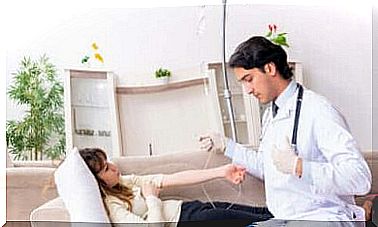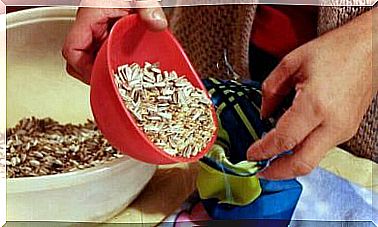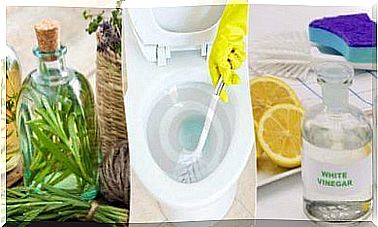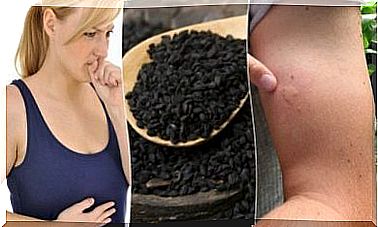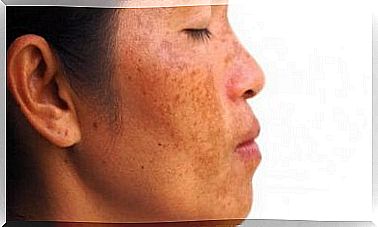Neutral Soap: What Can It Be Used For?
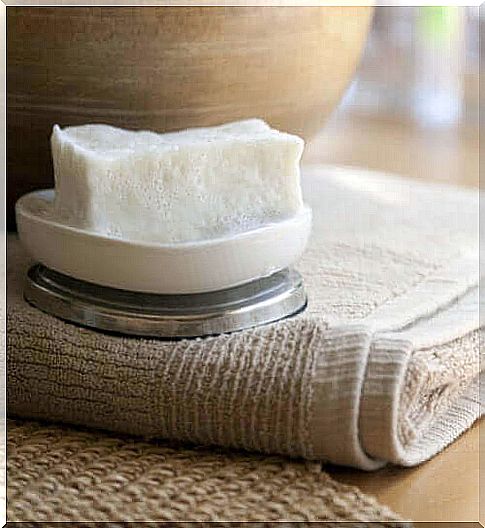
Neutral soap is a good alternative for people who have problems with regular soaps that are commercially available, or who want to improve the appearance of the skin. It is a product that provides many benefits and few contraindications.
Neutral soap has a pH level that is very similar to human skin and is therefore recommended for sensitive skin. This type of soap does not contain dyes, perfumes or other components commonly found in industrial soaps.
It should be noted that neutral soap is suitable for all skin types, but it is also very beneficial for the scalp and hair in general. Still, you should take certain precautions because some soaps that the market advertises as neutral are just trying to fool you.
What is neutral soap?
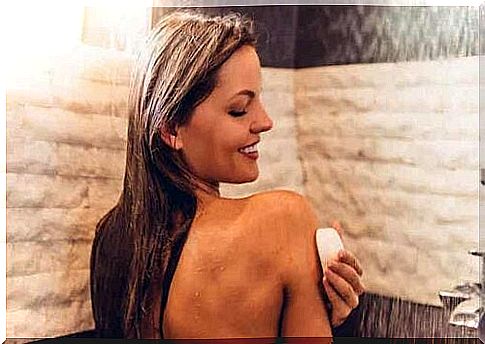
Neutral soap has a pH level similar to that of human skin. pH is a value that indicates the acidity of a substance, and is measured in numbers from 0 to 14 degrees. The pH value in our skin is 5.5 and neutral soap has the same pH, or a value very close to it.
This type of soap is usually made from natural oils or animal fats. They are usually white or beige in color. If they have a different shade, the manufacturer may have added another component, either natural or industrial.
Soaps in this class are hypoallergenic, which means they have a very low risk of causing allergies, although it can not be ruled out. Thanks to the fatty acids, they have moisturizing and also hygroscopic properties, which means that they absorb moisture from the environment and transfer it to the skin.
What is neutral soap used for?
Neutral soap has several uses, but people often use it for daily general washing of face and body. Due to their properties, those with sensitive skin or dermatological problems often use this type of product.
This type of soap is ideal for dry, oily and combination skin. When it comes to dry skin, it provides moisture, especially if it is made with glycerin. In the case of oily skin, it helps them eliminate the oil that has accumulated in the pores and gets rid of sebum that is present in pimples and blackheads.
People also often use it on irritated skin. However, there are other unusual uses:
- It is ideal for cleaning wounds before healing.
- It contributes to the health of the scalp. In general, it leaves hair clean and moist.
- It eliminates the smell of moisture in the cabinets. A piece of this soap in the closet helps eliminate bad smells.
- Cleaning of kitchen utensils. This type of soap, along with some vinegar, helps cleanse grease from kitchen utensils.
- Maintenance of locks. Cleaning locks with this soap keeps them smooth and in good condition.
- Lubricate doors and windows. Eliminates annoying squeaks from deteriorating hinges.
When should you use it
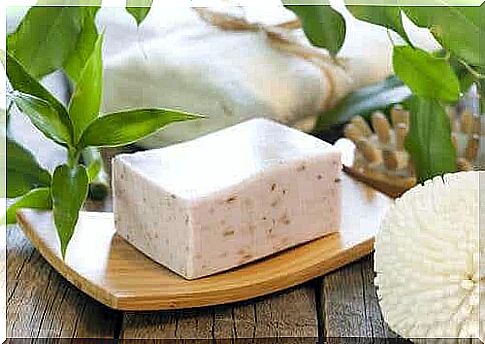
Many people are allergic or sensitive to regular soap, but are not aware that soap is the problem. The easiest way to check this is to test for irritation after using the product. In that case, stop using it for a few days and then use it again. If the irritation reappears, there is an allergy to that soap.
Itching or burning after using soap, even if there are no visible signs of irritation, is also a sign of an allergy. Any burning or soreness after washing with soap indicates the same allergy. Soap should never cause unpleasant symptoms when you use it. If this happens, the skin is unlikely to assimilate the product well.
People with skin allergies or sensitive skin react to common components in commercial soaps. In particular triclosan, formaldehyde, parabens and / or sodium lauryl sulphate. When side effects occur, it is best to start using a neutral soap.
We can not guarantee that neutral soaps will not cause a side effect, especially on overly sensitive skin. Therefore, it is best to test it first by putting some soap on the forearm. If no reaction occurs, it is safe to use.

